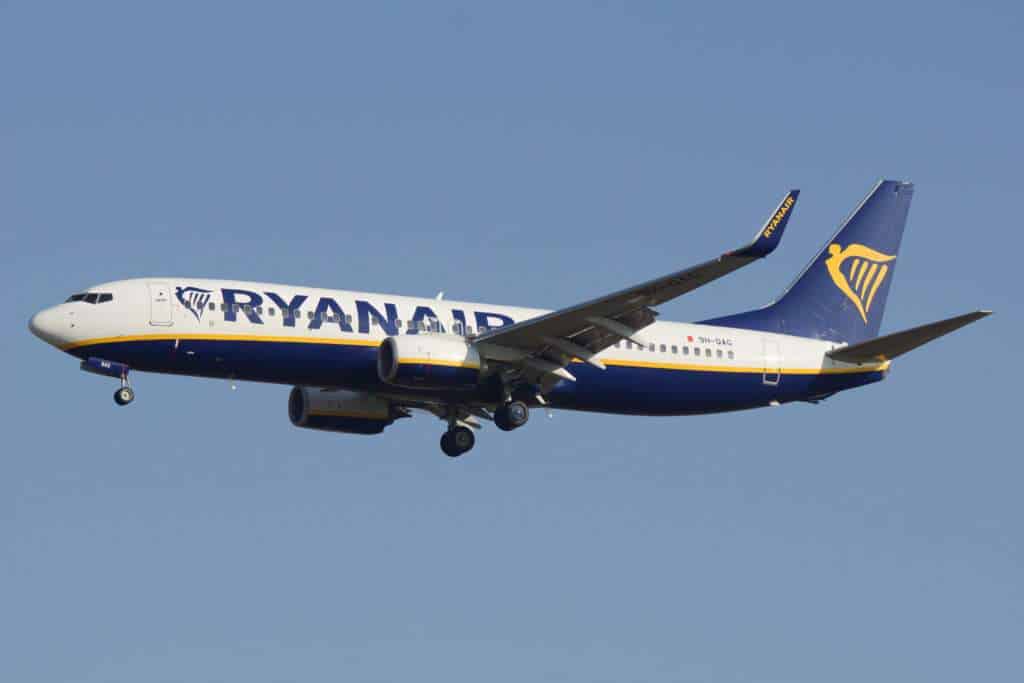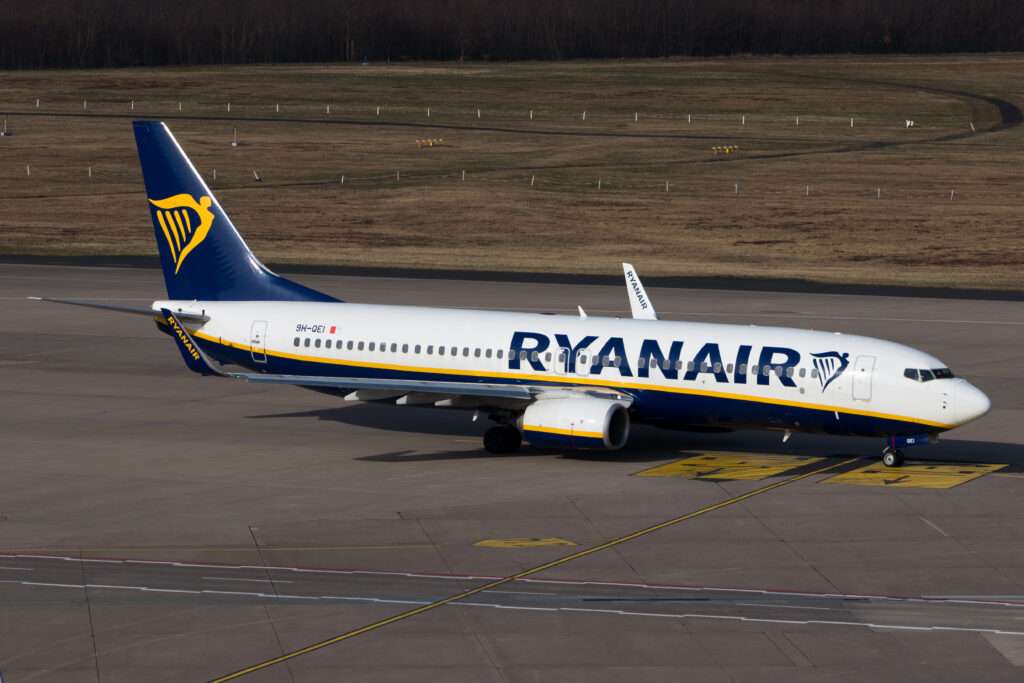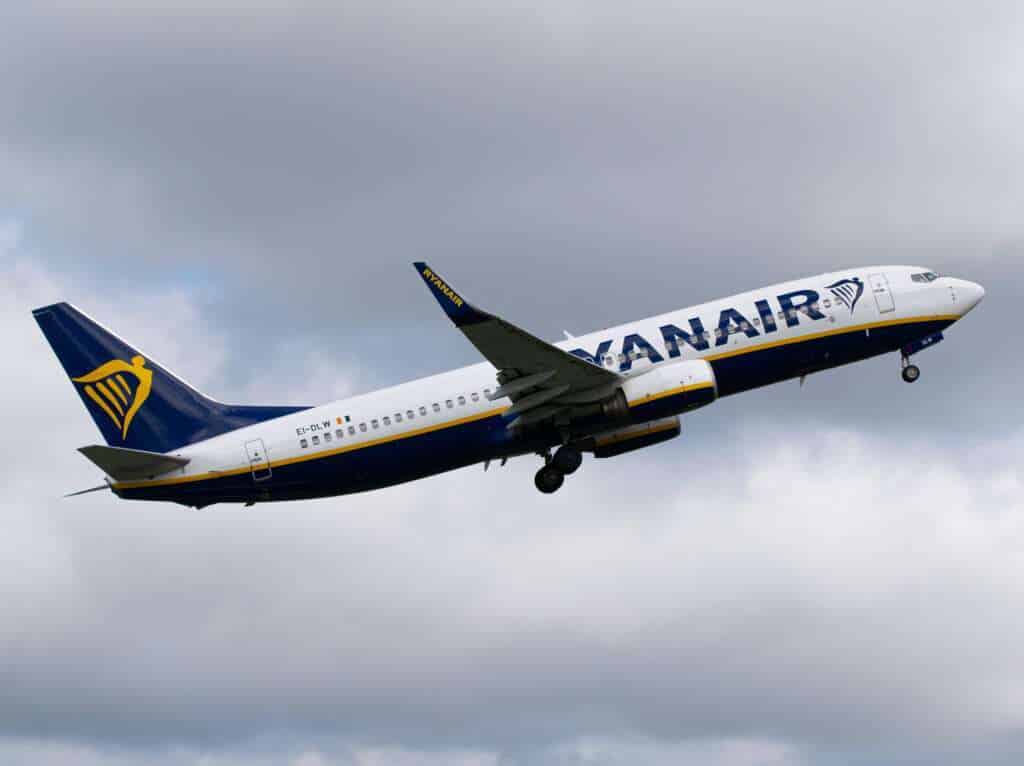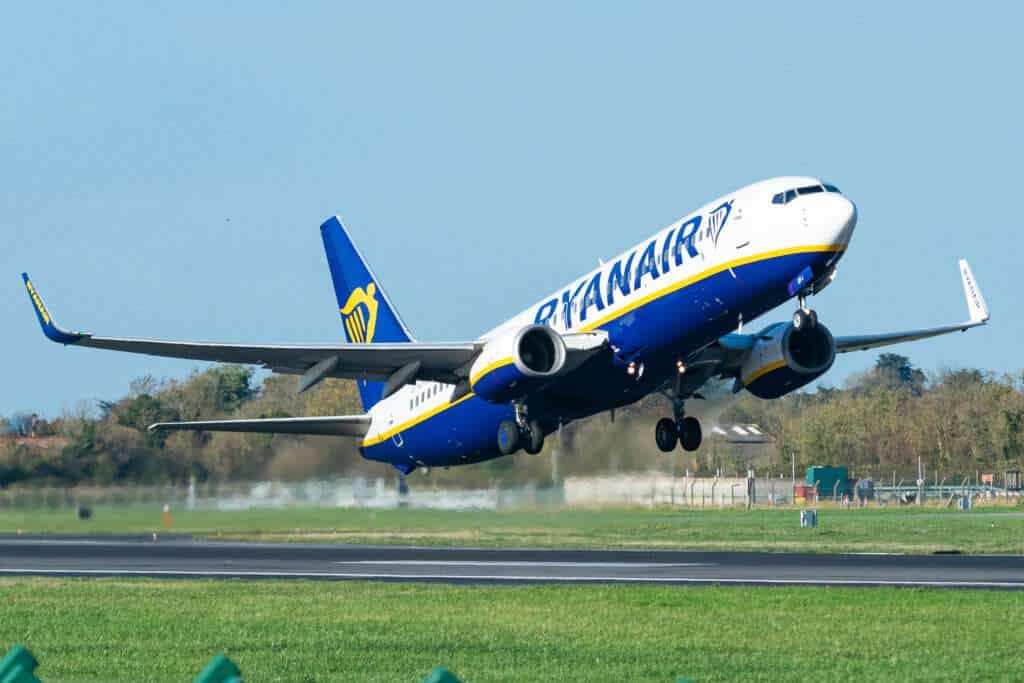In the dynamic landscape of the aviation industry, one name has soared above the competition to become synonymous with affordable air travel in Europe, being Ryanair.
From its humble beginnings in the 1980s to its current status as the continent’s largest low-cost airline, Ryanair’s journey is a fascinating tale of resilience, innovation, and strategic business acumen.
The Early Days

Ryanair’s story begins in 1984 when Irish businessman Tony Ryan founded the airline with the aim of providing low-cost air travel within Ireland.
Initially operating a 15-seater Embraer Bandeirante turboprop aircraft, Ryanair faced stiff competition from well-established carriers on the Dublin-London route.
However, Ryanair’s early years were marked by financial struggles and operational challenges. In 1990, faced with mounting losses, the airline brought in Michael O’Leary as its chief executive.
O’Leary, known for his bold and unconventional approach, would go on to reshape the airline’s destiny.
The Low-Cost Revolution

O’Leary recognized that the traditional airline model was not sustainable for Ryanair’s growth.
He envisioned a low-cost model that focused on efficiency, cost-cutting, and a no-frills approach. This marked the beginning of a transformation that would redefine the European airline industry.
One of the key strategies employed by Ryanair was its commitment to operating a single type of aircraft – the Boeing 737.
[monsterinsights_popular_posts_inline]

This decision streamlined maintenance, reduced training costs for staff, and allowed the airline to negotiate better deals with Boeing due to bulk purchasing.
No-Frills, No Problem

Central to Ryanair’s success was its no-frills approach. The airline embraced the idea of providing a basic, no-nonsense service, allowing passengers to choose and pay for additional services as needed.
This approach helped minimize costs and allowed Ryanair to offer incredibly low base fares, attracting budget-conscious travellers.
The airline’s cost-cutting measures extended to various aspects of its operations, from utilizing secondary airports with lower fees to negotiating lower prices for aircraft and fuel.
These measures enabled Ryanair to pass the savings on to passengers in the form of highly competitive ticket prices.
Controversial Yet Effective Marketing from Ryanair…

Ryanair’s marketing strategy, spearheaded by Michael O’Leary’s often controversial and attention-grabbing statements, played a pivotal role in the airline’s ascent.
O’Leary was known for his brash, no-nonsense approach, making headlines with everything from proposing standing-room-only flights to their marketing team’s outlandish approach to roasting customers.
While these tactics garnered criticism, they also generated substantial media coverage and public attention.
The controversy not only fuelled the airline’s brand awareness but also reinforced the perception of Ryanair as a no-frills, cost-effective carrier.
Expanding the Ryanair Network in Europe…

As the low-cost model gained traction, Ryanair expanded its route network across Europe aggressively.
The airline targeted underserved and secondary airports, negotiating favorable deals that further reduced operational costs.
This expansion strategy allowed Ryanair to tap into new markets and cater to a broader customer base.
By connecting smaller cities and regions that were overlooked by traditional carriers, Ryanair effectively created demand for its services.
The airline’s extensive route network, combined with its competitive pricing, made it an attractive option for both leisure and business travellers.
Nowadays, across a fleet of over 500 aircraft, they serve over 230 destinations across Europe, with some segues into the Middle East with flights to Jordan etc.
Overall: A Dominant Force in Europe…

From its modest beginnings to its current status as the largest low-cost airline in Europe, Ryanair’s journey is a testament to the transformative power of strategic innovation and unwavering determination.
The airline’s commitment to a no-frills, cost-effective model, combined with bold marketing and savvy business decisions, has reshaped the European aviation landscape.
As Ryanair continues to evolve and adapt to the changing dynamics of the industry, its story serves as an inspiration for businesses seeking to carve their niche in highly competitive markets.

Click the banner to subscribe to our weekly newsleter.

Click the photo to join our WhatsApp channel so then you can stay up to date with everything going on in the aviation industry!









